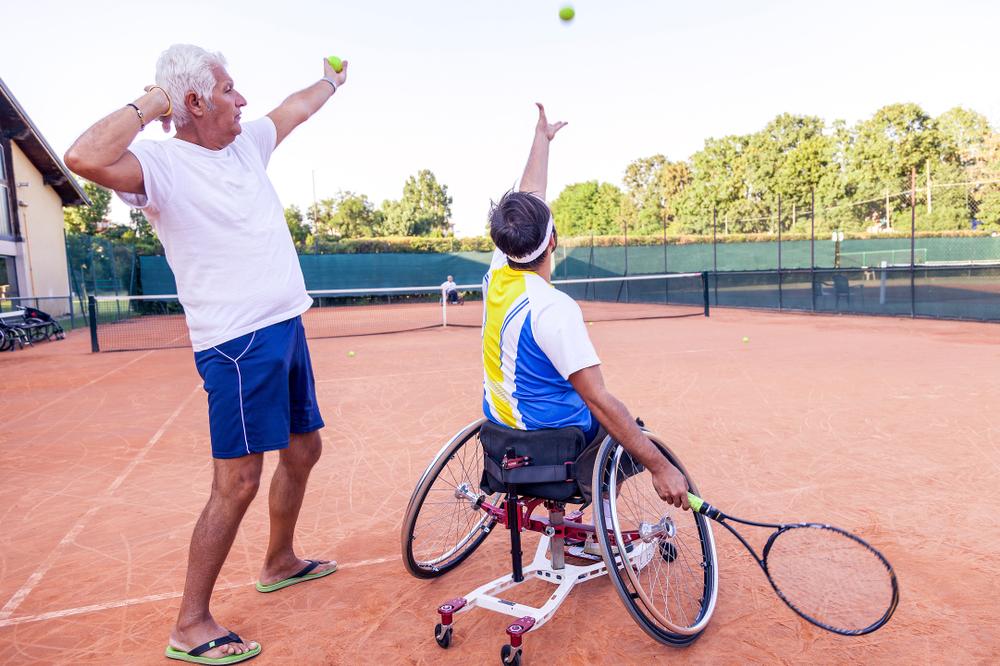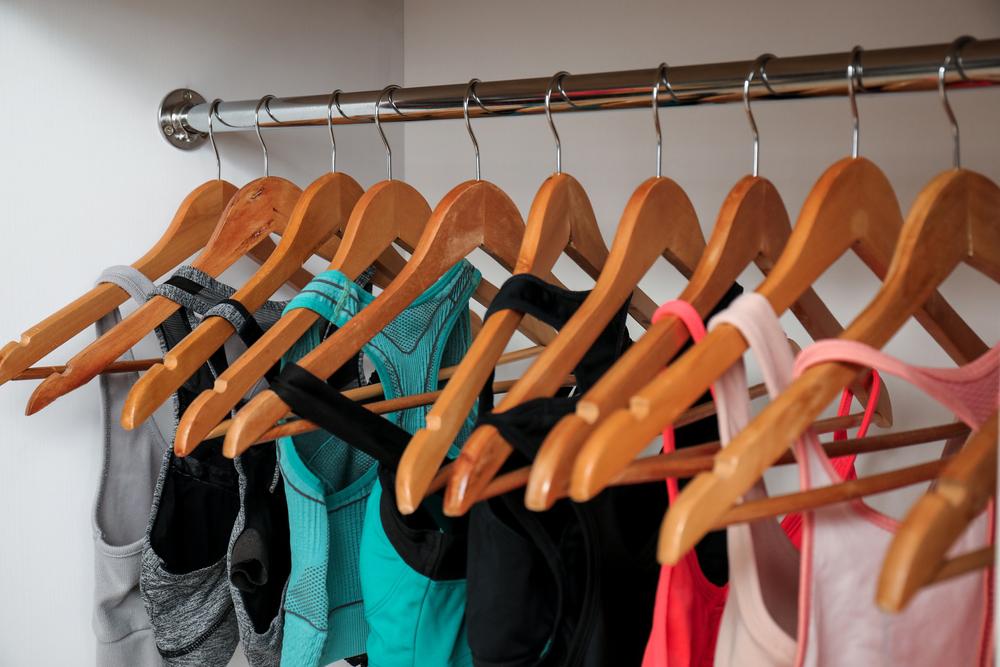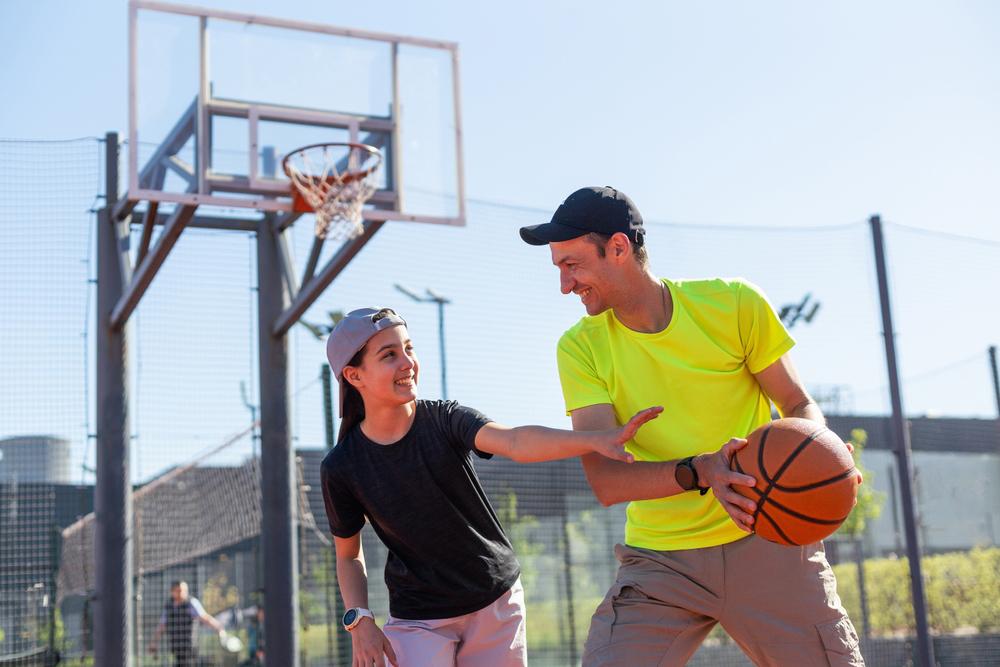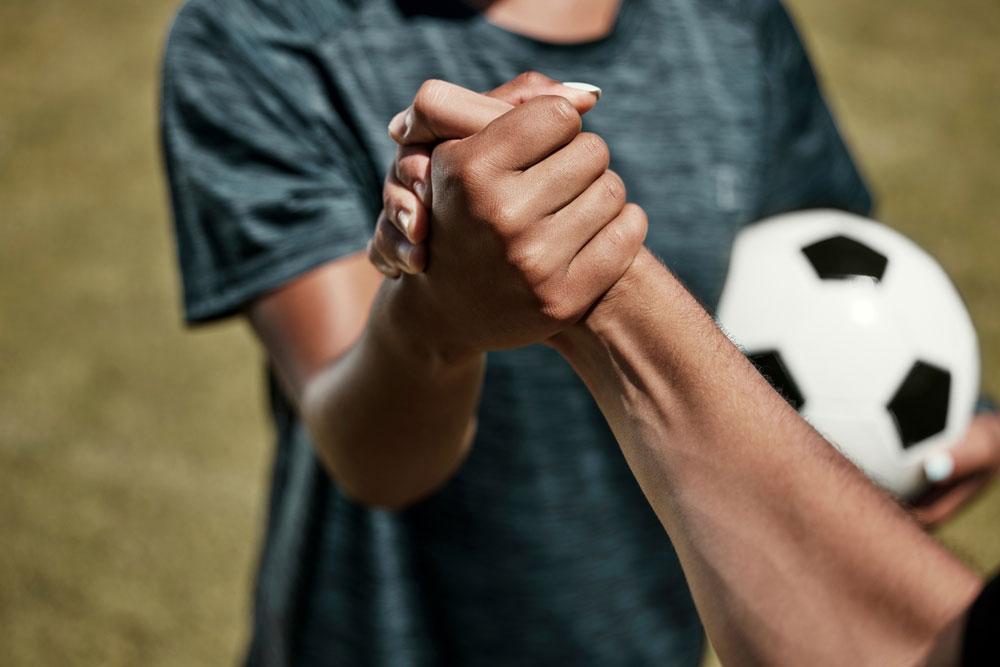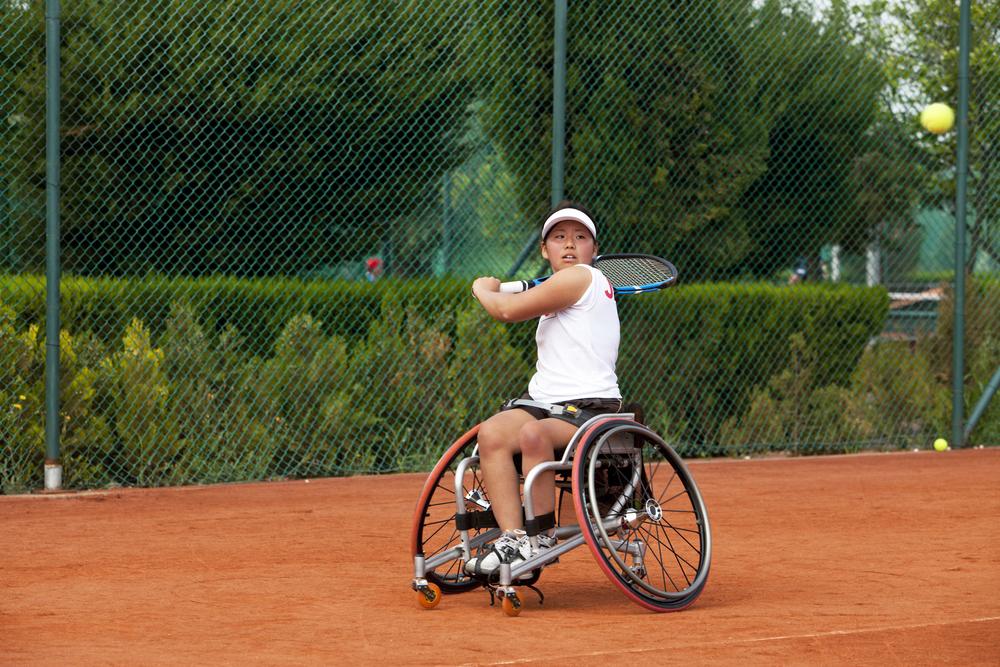 Creating a positive sport experience should be a priority for any coach, and it’s important to remember that means fostering an inclusive, supportive atmosphere for all athletes. In addition to welcoming young athletes of all experience levels to the team, coaches should make sure their sport program can be modified when an athlete with a disability joins their team.
Creating a positive sport experience should be a priority for any coach, and it’s important to remember that means fostering an inclusive, supportive atmosphere for all athletes. In addition to welcoming young athletes of all experience levels to the team, coaches should make sure their sport program can be modified when an athlete with a disability joins their team.
According to Disabled Sports USA (Move United), the national leader in community-based adaptive sports, the goal should be total accessibility for all, from Americans with Disabilities Act (ADA)-compliant facilities, a full range of adaptive equipment, communication within sport, and more education for all.
Disabled Sports USA (Move United) recommends four practical ways coaches can deliver inclusive programs to continue to break the stigma associated with disabilities and create an enriching sport experience for all.
INCLUSIVE vs. ADAPTIVE PROGRAMMING
According to Disabled Sports USA (Move United), while sometimes used interchangeably, adaptive sports and inclusive sports are not the same things. Adaptive sport refers to changes made to a sport through specialized equipment, rule changes, or other adaptations that allow an athlete with a disability to participate. Often, adaptive sports programs are run separately from mainstream sports programming. The focus in these programs is on the adaptive athlete. For example, if you’re looking for adaptive sport options for athletes, some possibilities would be wheelchair basketball or sitting volleyball.
On the other hand, inclusive sports refer to programs that have athletes with disabilities participate directly alongside athletes without disabilities. While some adaptations may need to be made to the sport or programming to allow the athlete to participate, such as putting a bright piece of tape on a football to increase visibility for an athlete with low vision, generally these programs promote an environment of independence and encourage athletes to be incorporated with minimum modifications. An example of inclusive programming is having a variety of equipment and different net widths and heights for sports like basketball or soccer.
UNIVERSAL DESIGN
For the most cohesion and shared learning experiences, Disable Sports USA (Move United) explains that it’s best if coaches can strive to provide an inclusive setting where athletes with disabilities participate alongside non-disabled athletes, rather than creating a separate class or program.
Coaches can create a sport program using universal design by considering all abilities and needs to plan accordingly ahead of time. For instance, a basketball coach who supplies multiple pieces of equipment for all athletes to choose from, such as a volleyball, a foam ball, or a regular-sized basketball.
By incorporating all athletes using universal design, athletes can choose what they are comfortable with and have the ability to exchange equipment to challenge themselves. Another example of universal design is when a coach prints out materials to distribute to the team and each copy of the handout includes braille along with the text. This allows athletes who are blind or have low vision to read every copy that is handed out instead of the coach brailling one copy for that particular athlete.
MINIMUM ADAPTATION
It’s not always feasible to quickly develop a complete program that allows for the inclusion of athletes with disabilities into existing systems. Coaches can easily incorporate athletes with disabilities into their sport program by exercising the philosophy of minimum adaptation, which is similar to Least Restrictive Environment (LRE). LRE is part of the Individuals with Disabilities Education Act (IDEA) and endorses that children who receive special education should learn in the least restrictive environment.
In other words, coaches should promote independence with their teams by utilizing only the necessary minimum adaptations when working with athletes with disabilities. This will allow athletes to feel more involved in the process, and also allow for maximum skill development as the athlete will be doing the majority of the work, not the adaptive equipment.
Remember to ask the athlete before making a modification and reassess throughout the process in case the athlete is able to perform the activity without it. Just as any other athlete, they will gradually become more skilled and assistance/modifications can be decreased to be independent. Athletes with disabilities should also be held to the same conduct standards and treated the same as their teammates (i.e. be on-time to practice, practice good etiquette and behavior, etc.), and avoid giving ‘special consideration,’ wherever possible.
______
Even though it may seem challenging, remember that you can help create a sport program that provides all young athletes the opportunity to play alongside a diverse group of teammates, which will enhance their lives well beyond sport.
